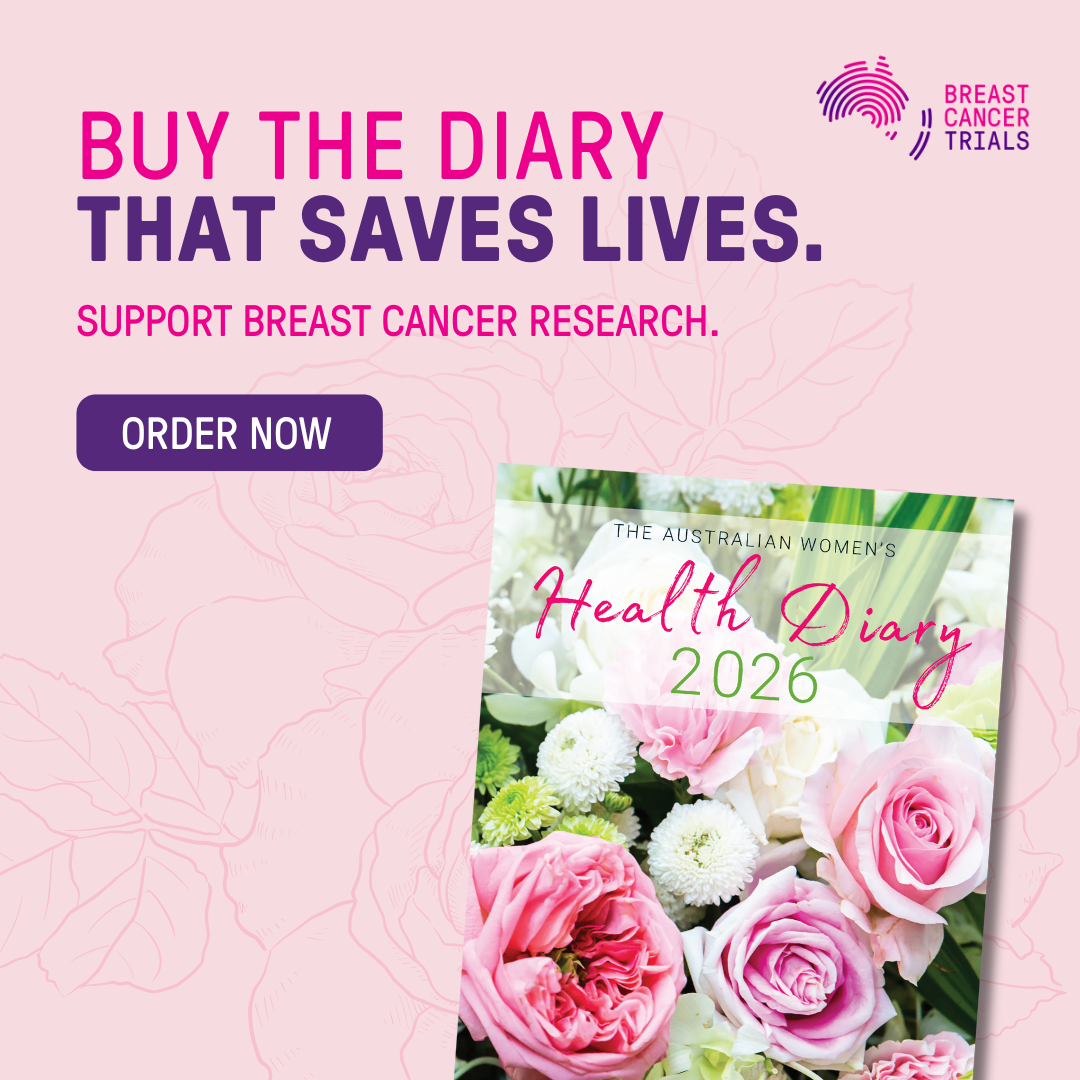When I found out only eight to 30 per cent of business books are on or by women, I knew I needed to do something about that stat. There are so many women with stories that could change how we think about building businesses, so it was frustrating to realise they weren’t being told.
I decided to write a book called GET REAL which would not only cover all the lessons I’ve learned over the years but I would also include the stories of 30 female founders from a range of different industries from around the world.
In recent times, the founder’s life has been packaged and sold to us as glamorous. The #girlboss movement, shows like Shark Tank, and content shared on social media make the hustle look fun and profitable. But here’s the truth few post about: being a founder is amazing maybe one per cent of the time. The other 99 per cent? It’s blood, sweat, and a lot of tears that never make it to social feeds.
I went into these conversations expecting business insights. What I got was something much more confronting. Sitting across from these women, I kept recognising pieces of my own story in theirs. The moments of doubt. The extra hoops we need to jump through. The exhausting need to prove ourselves worthy of opportunities that men seem to get by default.

What emerged wasn’t just a feel-good collection of success stories. It was an unfiltered look at what it actually costs to build something from nothing when you’re doing it as a woman.
Some of the common themes that kept coming through included:
The qualification trap never ends
You’d think that once you’ve proven yourself, the questioning would stop. That credentials would speak for themselves. But for women, the bar keeps moving. No matter how qualified, experienced, or successful you become, there’s always someone ready to make you jump through one more hoop.
Australian Shark Dr Catriona Wallace created one of the first ever AI companies in Australia, back in 2013 when most of the world hadn’t even heard of the term. This company was listed on the Australian Stock Exchange making her the second ever female founded business to do so. In order to scale the company, she was trying to raise money. If you think it is hard for women to raise money now, think of how hard it was back then. Women were getting less than two per cent of funding and barely anyone knew or understood AI.
Despite this, she managed to get traction on her raise and was presented with the opportunity for a $1 million dollar investment. The only catch? She would have to take her nose ring out.
Given how hard it was to raise capital, it would have been easy to understand if Cat decided to take her nose ring out and accept that money. Instead, she said to her Director, “You can politely decline that offer. We’re not accepting his money.” The next day, Wallace went out and got a bigger nose ring, which would become a perfect symbol of her unwavering commitment to authenticity and values.
Here’s a woman at the cutting edge of technology, with credentials most people can only dream of, being told to change her appearance to access funding. That nose ring became a symbol of something bigger: how women are constantly asked to shrink, conform, become more palatable to power.
We’re not just fighting for our businesses. We’re fighting for the right to exist as ourselves while we build them.
The beauty penalty is real
There’s an unspoken rule for women in business: look professional, but don’t be too attractive. If you’re conservative, put-together or blend in, you’re taken seriously. If you’re beautiful and feminine, suddenly people question whether you have the substance to back up your success. It’s a lose-lose situation that men simply don’t face. As someone who loves fashion, over the years I’ve faced my share of judgement over what I’ve chosen to wear, especially in the corporate world.
The Roccisano sisters, Bianca and Bridgett, launched Booby Tape from their Sydney apartment in 2019 with just $15,000. What started as a solution to their own problem – finding a product they could use to tape their breasts under clothes – has now become a global phenomenon. The pair decided to create what they couldn’t find and ended up not only inventing the world’s first breast lift tape for women, but creating a whole new product category. They’ve built an empire and are stocked in over 50 countries, from major retailers like Target Australia to Sephora internationally.
But here’s the challenge they face daily: because they’re young, glamorous, and unapologetically feminine – they love pink, they’re polished, they show up as their authentic selves – people automatically assume they’re just influencers playing at business. Industry professionals question whether they really understand supply chains, international expansion, or the complexities of building a global brand.
“Being a woman in business is 10 times harder than being a male,” Bianca states matter-of-factly.
“People underestimate Bridgett and I all the time, but we’ve learned to use this to our advantage.”
The sisters have had to work twice as hard to prove their business credentials, often having to over-explain their strategies and decisions in ways their male counterparts never would. While they’ve turned this challenge into fuel, it’s still exhausting having to constantly prove that beauty and brains can coexist.
There’s this impossible tightrope women walk: be professional but not boring, successful but not threatening, polished but not too pretty. God forbid you’re beautiful and smart. Then you really have to work twice as hard to prove you belong in the boardroom.
Rock bottom becomes rocket fuel
When life throws women curveballs, we’re often expected to simply cope and carry on. But the most remarkable women I met don’t just survive their worst moments – they transform them into opportunities. They find purpose in their pain and turn personal struggles into solutions that help others.
Dr Annie McAuley was conducting a skiing lesson when her whole life changed in an instant. A ski fell and hit her on the head, causing a traumatic brain injury that robbed her of her ability to not only walk, but also speak. Not only did she learn how to speak again, but what makes this story even more remarkable is that she is one of only two people in the world to have bounced back from a brain injury of this severity.
The recovery was slow and painful. She had to relearn everything – how to speak, how to think clearly, how to function in the world. She managed to get her life back on track but while she was completing her PhD in medical science (something that is challenging for the average person, but imagine doing it after recovering from a traumatic brain injury!), she was dealt another blow when her daughter started struggling with speech.
“It was absolutely devastating because I couldn’t do anything to help her,” Annie shares. “And I felt like I knew exactly what she was experiencing, having been through it myself.”
Instead of feeling sorry for herself, she took her personal experience, taught herself how to code and created TalkiPlay, an amazing product that helps children learn to speak at home.
Interestingly, instead of her brain injury being her biggest hurdle, one of her biggest challenges in getting her product off the ground was being a woman.
“We have a product team that’s 75 per cent female but we were struggling to get anywhere with manufacturing because a lot of people didn’t want to deal with females”, she explains.
“To fix this, we created a fictitious male contact called Mitch whose account we started using to email people. To our surprise, we started getting responses.”
“While it solved our immediate problem, in reality it sucks we even have to do this, and one day I hope our influence in the engineering space will gradually transform the inequalities we currently face as females in the space.”
What struck me most about Annie’s story wasn’t just her incredible recovery, but how she approached each new challenge with the same methodical determination. The woman who had to relearn how to speak didn’t see creating a fake male contact as defeat – she saw it as another problem to solve. That’s the difference between surviving and thriving: resilient women don’t waste energy being outraged by unfair systems, they find creative ways around them while building something that matters.
This is what sets apart the women who make it: they don’t just survive their lowest points, they mine them for purpose. Resilience isn’t always dramatic. Sometimes it’s quiet, methodical, built one small step at a time in moments nobody witnesses.
Failure isn’t the end of the story
Our relationship with failure is complicated as women. We’re taught to avoid it at all costs, and when it happens, we often internalise it as proof of our inadequacy. But what I learned from these founders is that failure isn’t the opposite of success – it’s often the pathway to it. The key is how you frame what happens next.
Kristina Karlsson didn’t just build a business with kikki.K – she built an empire. The Swedish-born entrepreneur turned her love of Scandinavian design into one of Australia’s most beloved retail brands. For over two decades, kikki.K stores were fixtures in shopping centers across the country. The brand represented something aspirational – beautiful stationery, planners that promised to help you live your best life.
Then 2020 hit, and like many retail businesses, kikki.K couldn’t survive the pandemic’s impact. Stores closed, staff were let go, and the brand that had defined Kristina’s adult life was gone. But this wasn’t just a business failure for her – it was an identity crisis.
“My entire identity was wrapped up in that brand,” she said. “When it went under, I felt like I did too.”
For someone who had spent decades helping others organise and beautify their lives, losing her own life’s work was devastating. She could have retreated, chalking it up to bad timing and external circumstances. Instead, Kristina used the forced pause to ask herself what she truly wanted – not what she thought she should want, but what would bring her genuine fulfillment.
The answer became Dream Life, a business focused on helping others build meaningful, intentional lives. It’s different from kikki.K – less about the external aesthetics of organisation and more about the internal work of figuring out what really matters.
“Losing everything gave me the freedom to start again,” she said.
Sometimes what looks like an ending is actually a beginning. The women who understand this don’t just bounce back, they bounce forward into something better.
The real question
After 30 conversations with some of the world’s most successful female founders, one question still bothers me: How many brilliant women never get the chance to prove what they’re capable of?
Every woman I interviewed had to fight battles that had nothing to do with their actual business. They wasted time, energy, and money on things their male counterparts never even think about.
These women figured out what many of us are still learning: you don’t have to play by someone else’s rules. You can write your own.
But the next generation of female founders shouldn’t have to rebuild the entire game just to play it. They should walk into rooms where their ideas matter more than their appearance, where their track record speaks louder than outdated assumptions, where failure is seen as experience rather than proof they don’t belong.
That future is possible, but it starts with all of us refusing to accept “this is just how it is” as an answer.
If you’d like to read more of these stories and insights, you can get your copy of GET REAL here.


